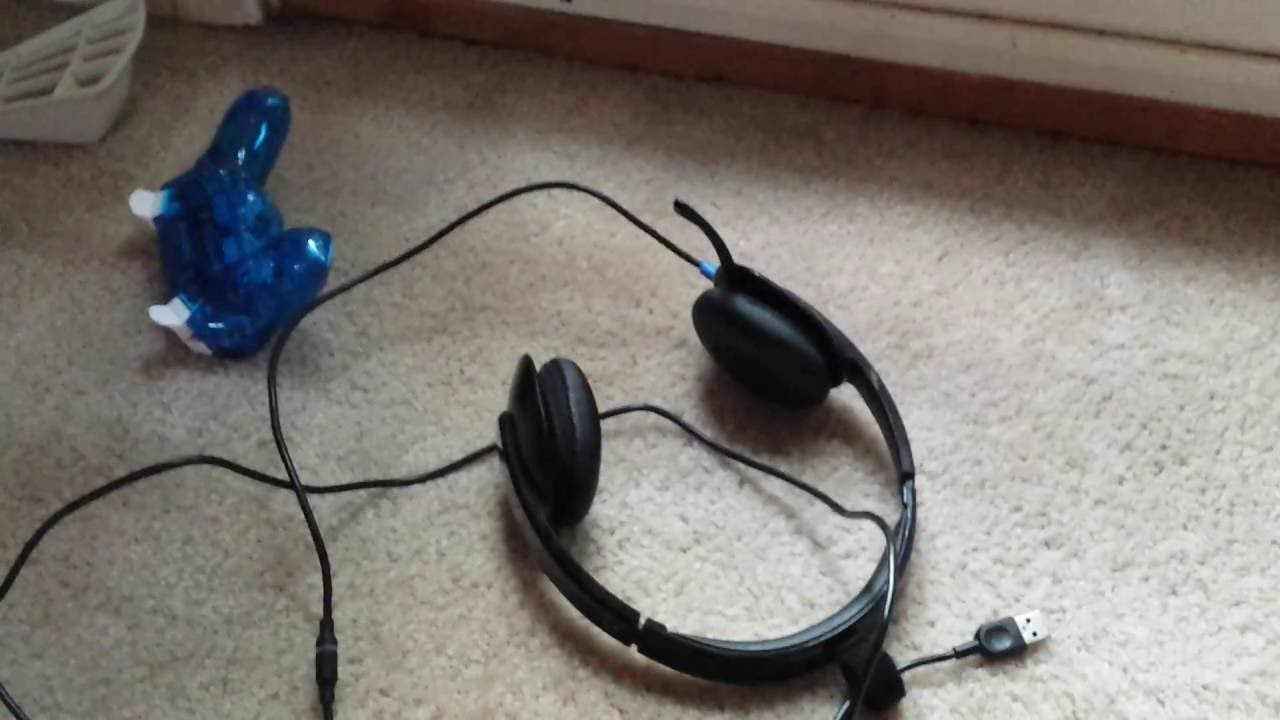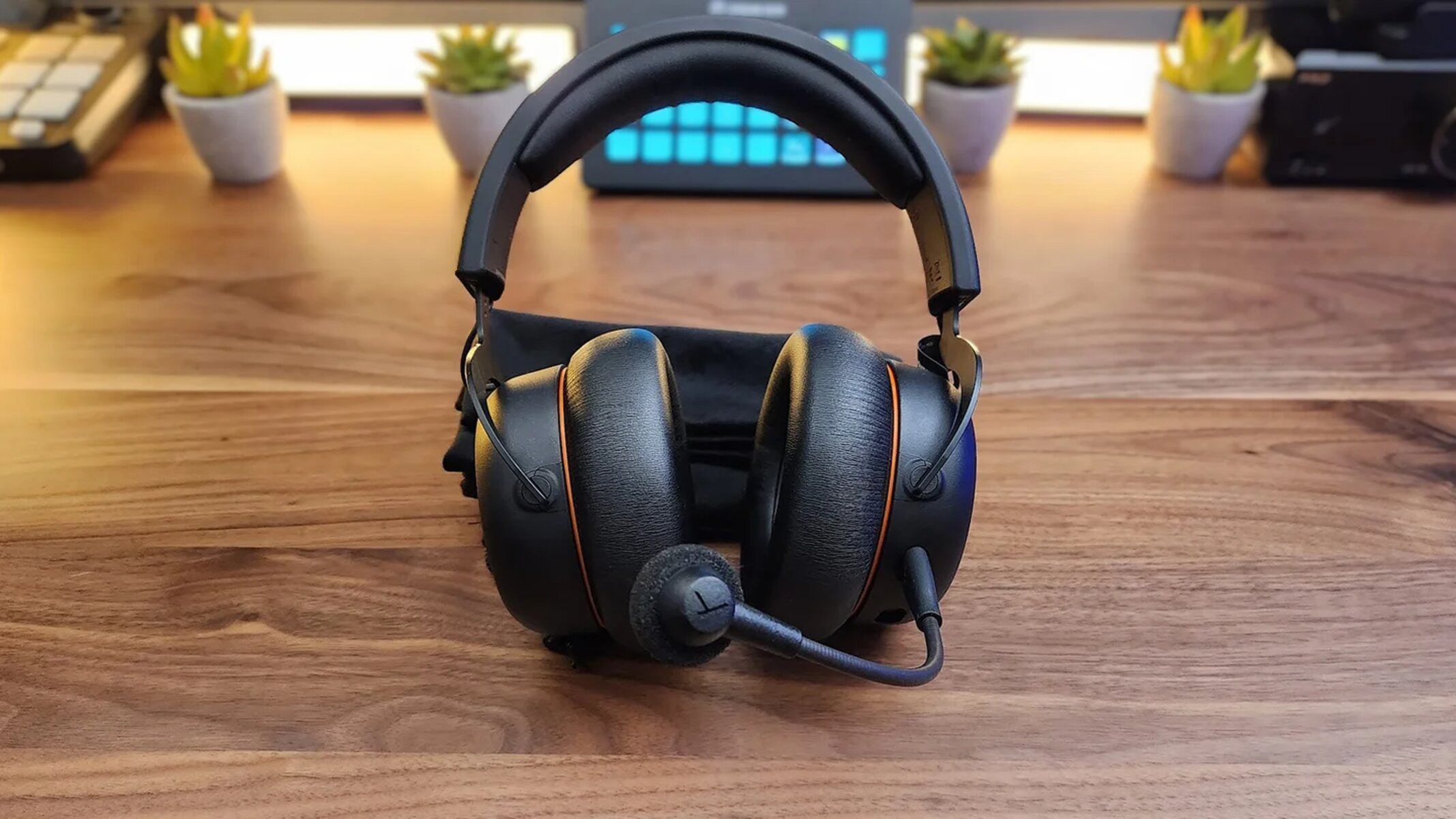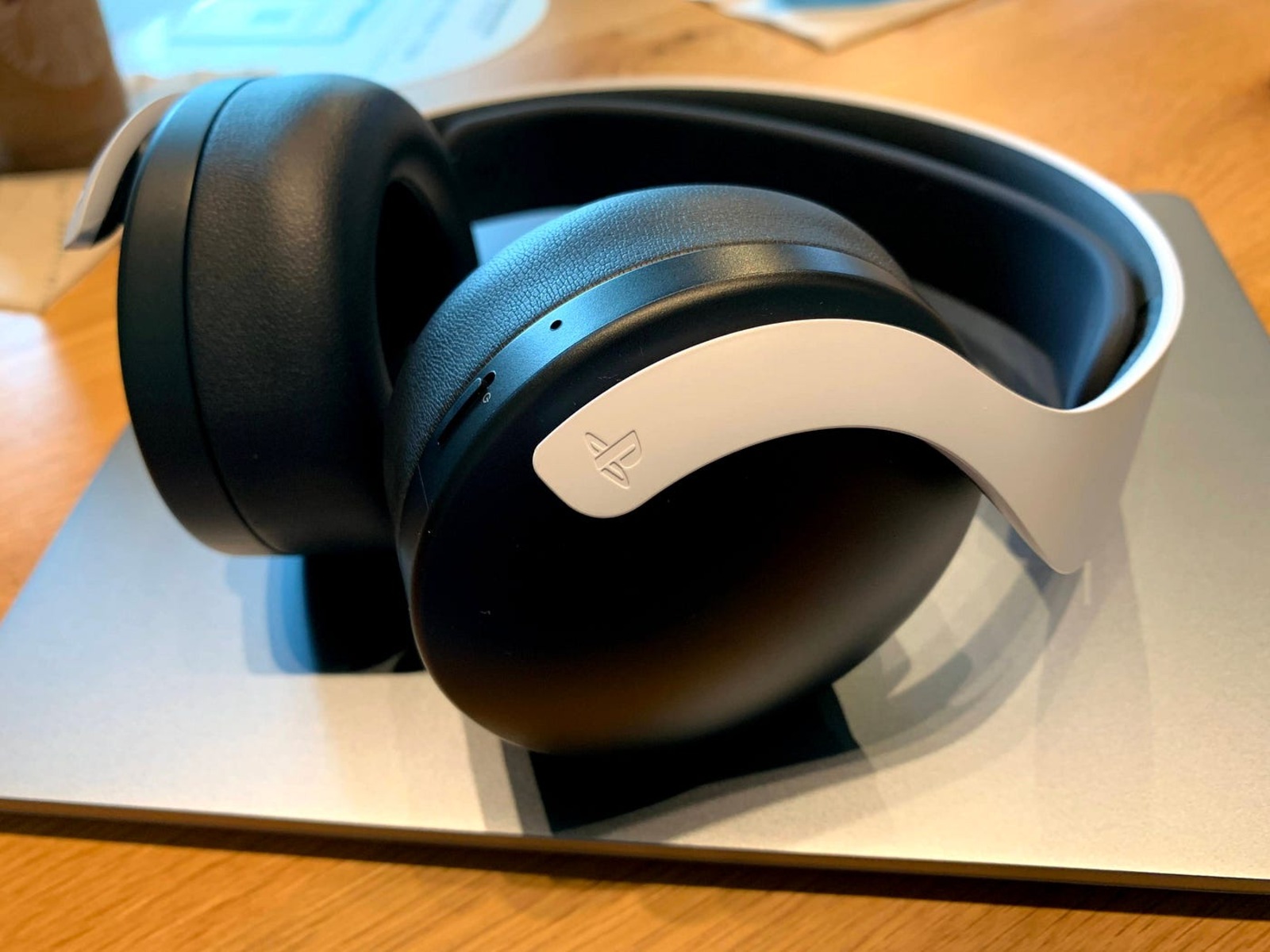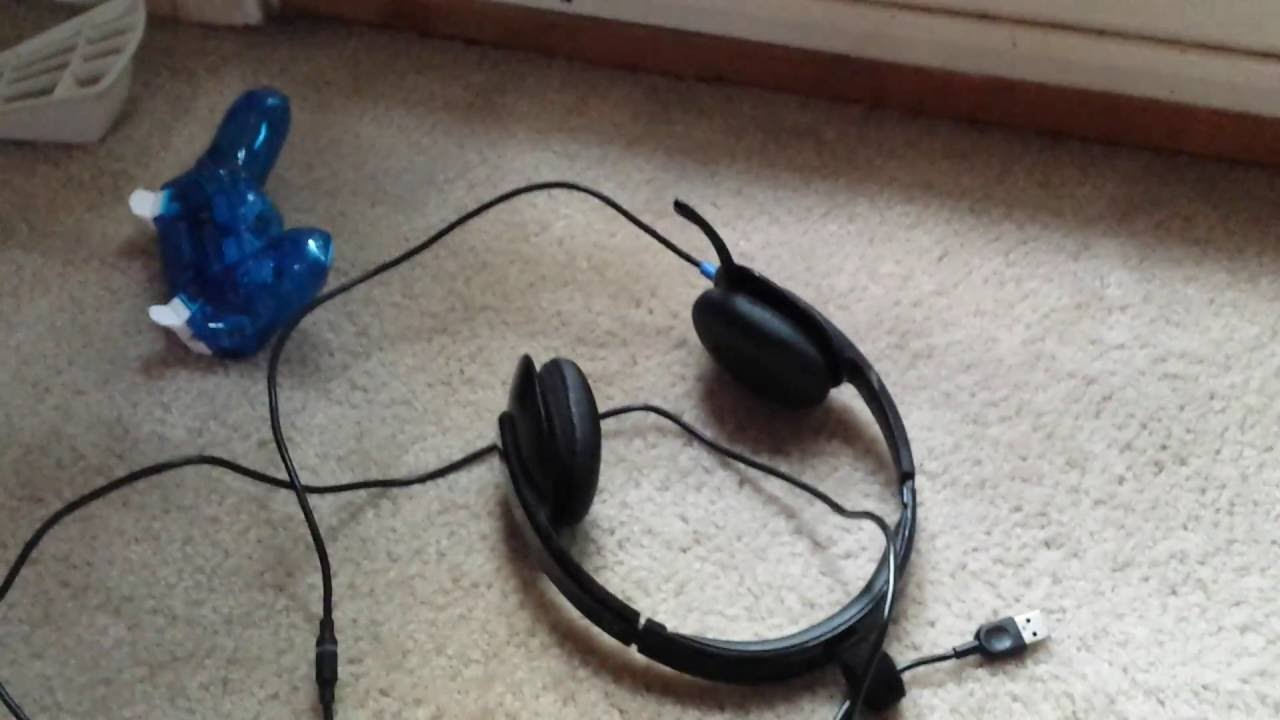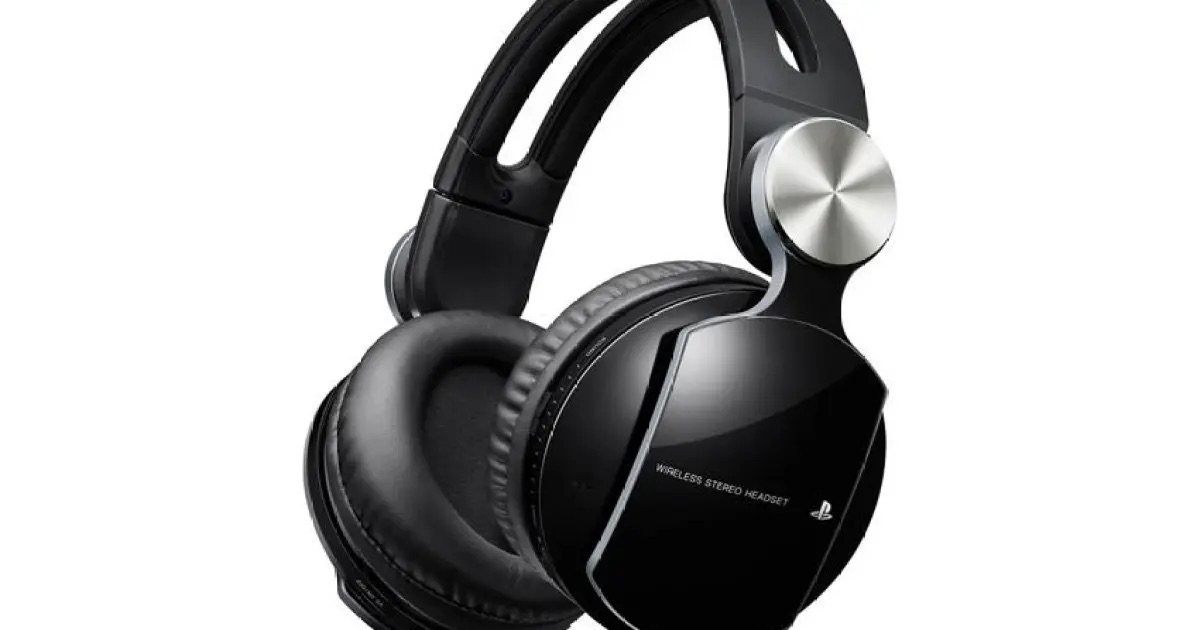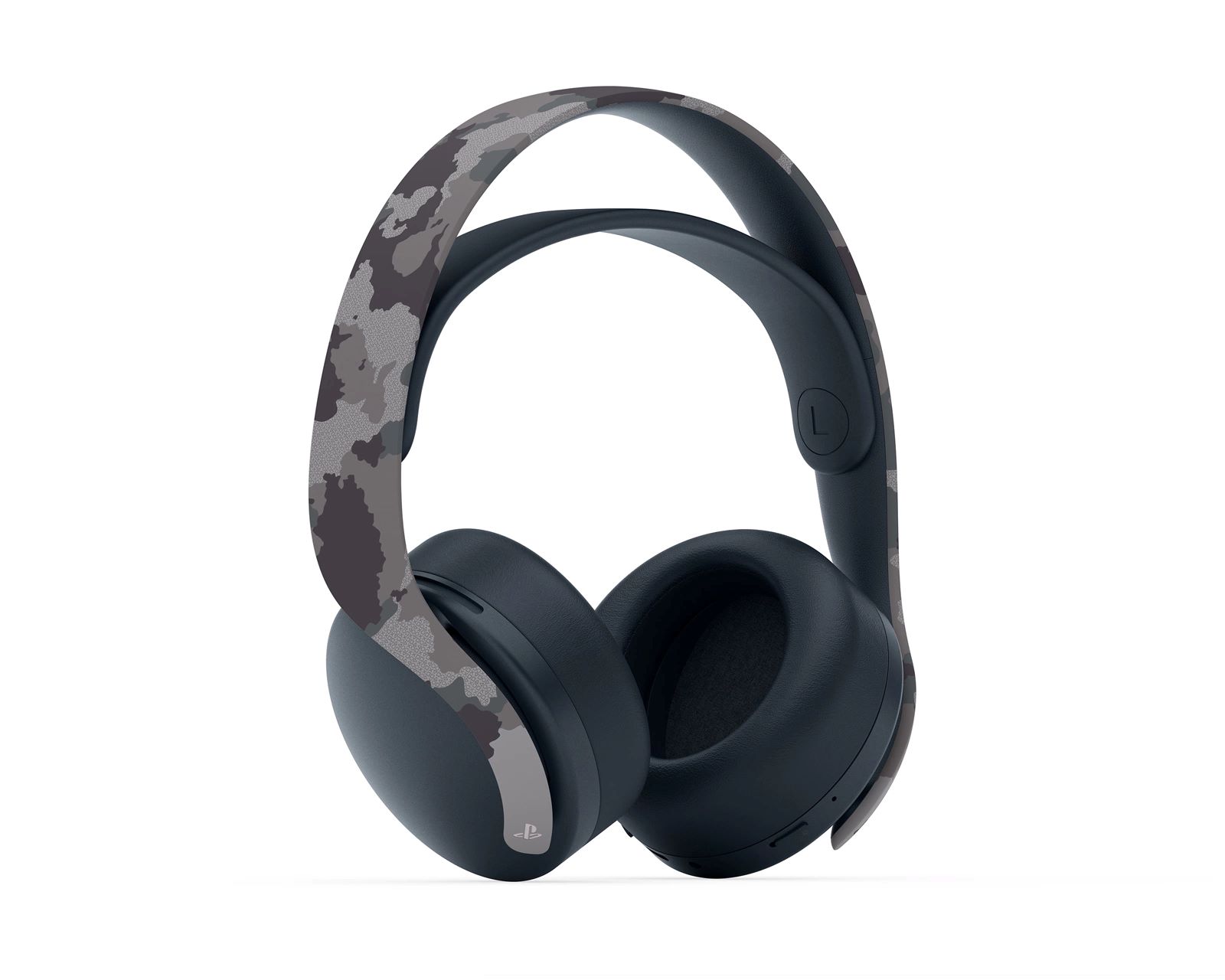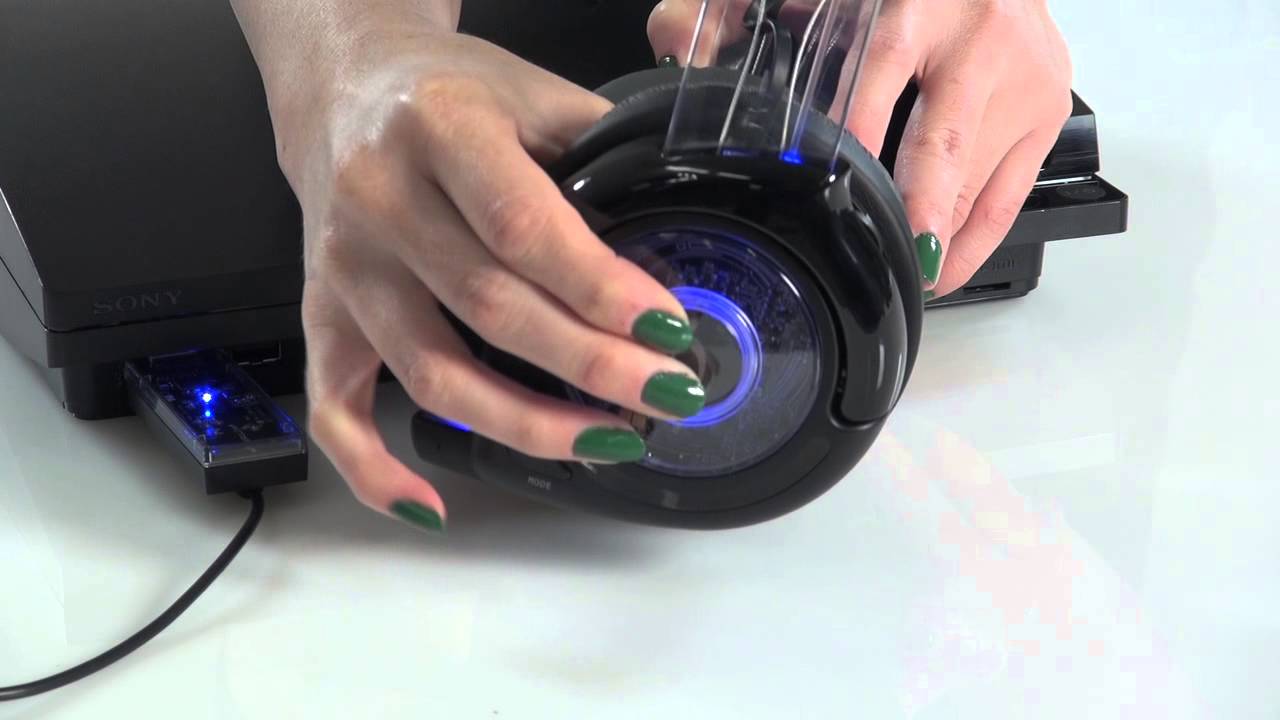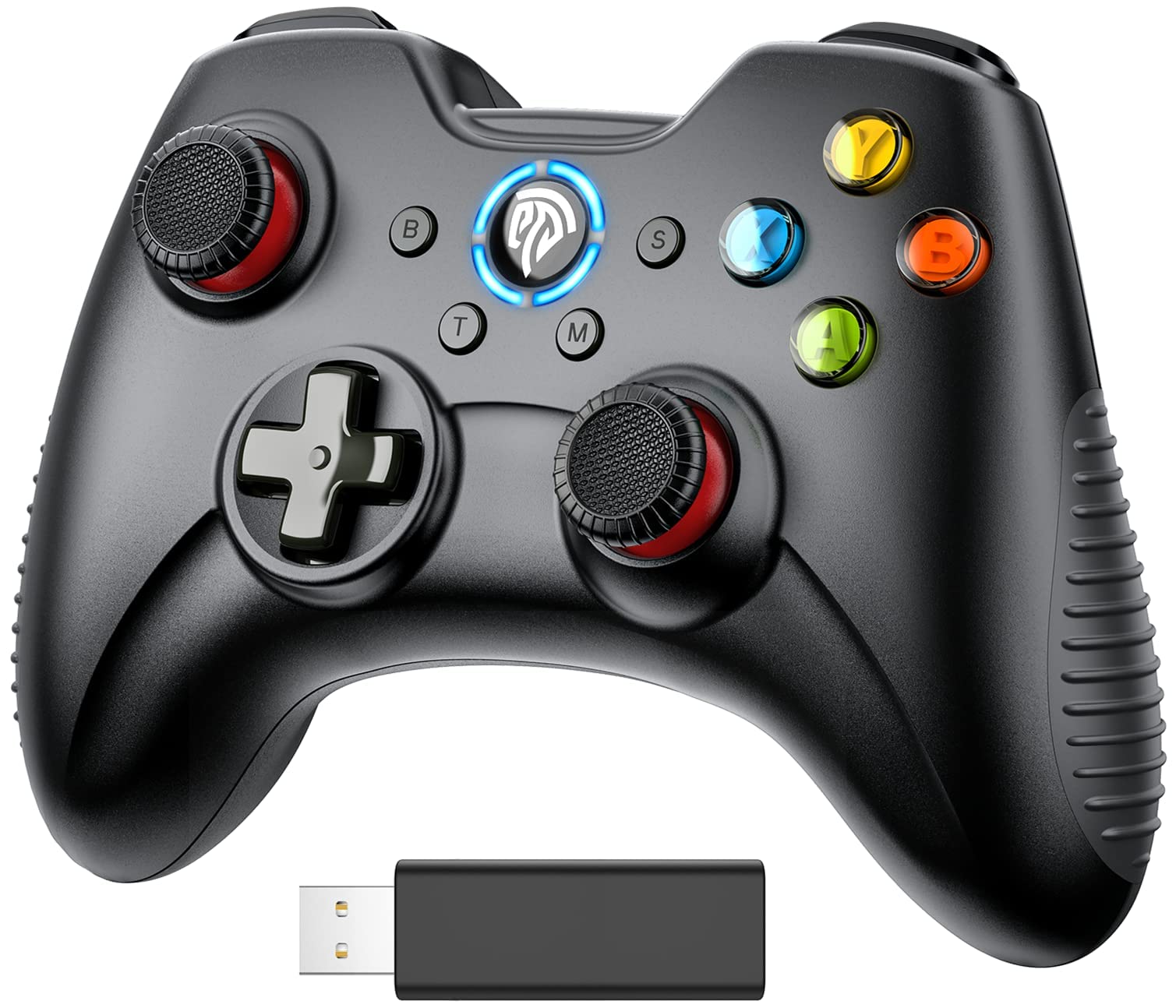Introduction
Connecting a USB headset to your PS3 can significantly enhance your gaming experience, allowing you to communicate with friends and immerse yourself in the virtual world with crystal-clear audio. Whether you're gearing up for intense multiplayer battles or diving into captivating single-player adventures, a USB headset can be a game-changer. In this guide, we'll walk you through the process of setting up and configuring a USB headset on your PS3, ensuring that you're ready to communicate effectively and enjoy immersive sound during your gaming sessions.
A USB headset offers the convenience of plug-and-play functionality, making it a seamless addition to your gaming setup. By utilizing the USB port on your PS3, you can easily connect a compatible headset and start enjoying high-quality audio without the need for additional adapters or complicated setup procedures. Whether you're a seasoned gamer or just starting out, the ability to communicate clearly with teammates and experience rich, immersive sound effects can take your gaming adventures to the next level.
In the following steps, we will guide you through the process of checking the compatibility of your USB headset with the PS3, connecting the headset to the console, adjusting audio settings to optimize your gaming experience, and testing the headset to ensure everything is functioning as intended. With these simple yet essential steps, you'll be well-equipped to harness the full potential of your USB headset and elevate your gaming experience on the PS3. So, let's dive in and explore the seamless process of integrating a USB headset with your PS3, unlocking a new dimension of audio immersion and communication in your gaming endeavors.
Step 1: Check Compatibility
Before diving into the process of connecting your USB headset to the PS3, it's crucial to ensure that the headset is compatible with the console. Compatibility is key to a seamless and hassle-free integration, allowing you to make the most of your gaming experience without encountering technical limitations or performance issues.
To begin, check the specifications of your USB headset to verify its compatibility with the PS3. Most modern USB headsets are designed to work seamlessly with the PS3, offering plug-and-play functionality that simplifies the setup process. However, it's essential to confirm that the headset is explicitly compatible with the PS3 to avoid any potential compatibility issues.
Next, refer to the manufacturer's documentation or official website to ascertain whether the USB headset is listed as compatible with the PS3. Manufacturers often provide detailed information about the compatibility of their headsets with various gaming consoles, including the PS3. By consulting the official resources, you can gain valuable insights into the compatibility status of your headset and make an informed decision regarding its integration with the PS3.
Additionally, consider any firmware or software updates that may be required to ensure compatibility between the USB headset and the PS3. Manufacturers often release updates to enhance compatibility and address any potential issues that may arise when using the headset with specific gaming consoles. By staying updated with the latest firmware or software releases, you can optimize the compatibility of your USB headset with the PS3, ensuring a seamless and reliable connection.
Furthermore, if you're using a wireless USB headset, ensure that the wireless receiver or transmitter is compatible with the PS3. Wireless headsets often rely on proprietary technology for wireless connectivity, and it's essential to verify that the wireless components are compatible with the PS3 to establish a stable connection and enjoy uninterrupted audio transmission.
By meticulously checking the compatibility of your USB headset with the PS3, you can lay a solid foundation for a successful integration, setting the stage for a smooth and enjoyable gaming experience enhanced by high-quality audio and seamless communication. With compatibility confirmed, you're ready to proceed to the next step and connect your USB headset to the PS3, unlocking a world of immersive audio and seamless communication capabilities.
Step 2: Connect the USB Headset to the PS3
Connecting your USB headset to the PS3 is a straightforward process that involves utilizing the console's USB port to establish a direct and reliable connection. By following these simple steps, you can seamlessly integrate your USB headset with the PS3, paving the way for immersive audio experiences and effective communication during your gaming sessions.
-
Locate the USB Port: Begin by identifying the USB port on your PS3 console. Typically, the USB port is located on the front or front-facing side of the console. It is often positioned next to the disc drive or on the front panel, providing easy access for connecting compatible peripherals such as USB headsets.
-
Insert the USB Connector: With the USB port identified, take the USB connector of your headset and gently insert it into the USB port on the PS3. Ensure that the connector is inserted securely to establish a stable connection. The USB port provides both power and data connectivity, allowing your headset to interface with the console seamlessly.
-
Wait for Recognition: Once the USB headset is connected to the PS3, the console should recognize the new audio device automatically. The PS3's system software is designed to detect compatible USB peripherals, including headsets, and integrate them into the audio settings.
-
Check Audio Settings: After connecting the USB headset, navigate to the audio settings on your PS3 to verify that the headset is recognized and selected as the primary audio output and input device. Access the audio settings menu through the console's interface and ensure that the USB headset is configured correctly to handle both game audio and communication.
-
Adjust Microphone Position: If your USB headset features a microphone for voice communication, adjust the microphone's position to ensure optimal voice capture. Position the microphone close to your mouth while maintaining a comfortable distance to facilitate clear and effective communication with other players during online gaming sessions.
By following these steps, you can seamlessly connect your USB headset to the PS3, leveraging the console's USB port to establish a direct and reliable audio interface. With the headset integrated into the audio settings, you're ready to fine-tune the audio configuration and test the headset to ensure that it delivers immersive sound and seamless communication capabilities during your gaming adventures on the PS3.
Step 3: Adjust Audio Settings
After connecting your USB headset to the PS3, it's essential to navigate to the audio settings to fine-tune the configuration and optimize the audio output and input for an immersive and seamless gaming experience. Adjusting the audio settings allows you to tailor the audio output, microphone input, and communication settings to suit your preferences and gaming requirements effectively.
To begin, access the audio settings menu on your PS3 console through the system interface. Navigate to the settings section, where you can find the audio settings menu, typically located within the system or configuration options. Once in the audio settings menu, you can make the following adjustments to optimize the performance of your USB headset:
-
Audio Output Settings: Within the audio settings menu, you can select the USB headset as the primary audio output device. This ensures that game audio, including in-game sound effects and background music, is channeled through the headset, delivering an immersive audio experience directly to your ears. By choosing the USB headset as the default audio output, you can enjoy rich, high-quality sound without the need for additional speakers or audio devices.
-
Microphone Input Configuration: If your USB headset features a built-in microphone for voice communication, you can configure the microphone input settings to optimize voice capture and clarity. Adjust the microphone sensitivity or input level to ensure that your voice is transmitted clearly and accurately during online gaming sessions. Fine-tuning the microphone input settings can enhance the effectiveness of in-game communication, allowing you to coordinate with teammates and engage in voice chat seamlessly.
-
Communication Settings: The PS3's audio settings menu often includes specific options for communication settings, such as voice chat and party chat configurations. Ensure that the communication settings are aligned with your preferences, enabling you to participate in online multiplayer games and communicate effectively with other players. By adjusting these settings, you can customize the voice chat experience, manage audio priorities, and optimize the overall communication environment to suit your gaming needs.
-
Volume and Equalizer Adjustments: Some USB headsets offer additional audio customization features, such as volume controls and equalizer settings. Take advantage of these options to adjust the volume levels, balance the audio output, and fine-tune the equalizer to enhance specific sound frequencies. Customizing the volume and equalizer settings allows you to tailor the audio output to your liking, immersing yourself in the game's soundscapes and enhancing the overall gaming experience.
By meticulously adjusting the audio settings to align with your preferences and gaming requirements, you can harness the full potential of your USB headset and elevate your gaming experience on the PS3. With the audio settings optimized, you're ready to put your USB headset to the test and ensure that it delivers immersive sound and seamless communication capabilities during your gaming adventures.
Step 4: Test the Headset
Once you have connected and adjusted the audio settings for your USB headset on the PS3, it's essential to conduct a comprehensive test to ensure that the headset delivers optimal audio quality and seamless communication capabilities during your gaming sessions. Testing the headset allows you to verify its performance, identify any potential issues, and make necessary adjustments to fine-tune the audio experience to your liking.
To begin the testing process, launch a game or multimedia application on your PS3 that incorporates in-game audio and voice communication features. Engaging in a gaming session provides an ideal environment to evaluate the functionality of your USB headset, as it allows you to experience various audio elements and engage in real-time communication with other players. As you delve into the gaming experience, pay attention to the following aspects to assess the performance of your USB headset:
-
Audio Quality: Listen carefully to the in-game sound effects, background music, and dialogue to gauge the audio quality delivered through the USB headset. Evaluate the clarity, depth, and richness of the sound, ensuring that the headset effectively immerses you in the game's audio environment.
-
Microphone Functionality: Engage in voice communication with other players during online multiplayer sessions to test the microphone functionality of your USB headset. Verify that your voice is transmitted clearly and accurately, allowing for seamless communication and coordination with teammates.
-
Comfort and Fit: Assess the comfort and fit of the USB headset during extended gaming sessions. Pay attention to factors such as ear cushioning, headband adjustability, and overall comfort to ensure that the headset remains comfortable and supportive throughout your gaming endeavors.
-
Volume and Balance: Adjust the volume levels and audio balance using the controls on the USB headset, if available. Fine-tune the audio output to achieve an optimal balance of sound elements, enhancing the overall gaming experience and ensuring that audio levels are comfortable and well-balanced.
-
Environmental Noise Isolation: Evaluate the headset's ability to isolate external environmental noise, allowing you to focus on the game's audio without distraction. Assess the effectiveness of the headset in minimizing background noise and maintaining a focused audio experience.
By conducting a thorough test of your USB headset on the PS3, you can gain valuable insights into its performance and make any necessary adjustments to enhance the audio quality and communication capabilities. Additionally, testing the headset in a gaming environment allows you to experience its functionality in real-world scenarios, ensuring that it meets your expectations and elevates your gaming experience on the PS3.
Conclusion
In conclusion, integrating a USB headset with your PS3 opens up a world of immersive audio experiences and seamless communication capabilities, enhancing your gaming adventures and online interactions with fellow players. By following the steps outlined in this guide, you can seamlessly connect, configure, and test your USB headset, ensuring that it delivers optimal performance and enriches your gaming experience on the PS3.
The process begins with checking the compatibility of your USB headset with the PS3, emphasizing the importance of ensuring a seamless integration and optimal performance. By verifying compatibility and staying updated with firmware or software updates, you can lay the groundwork for a successful connection, setting the stage for a hassle-free integration process.
Next, the guide walks you through the process of connecting the USB headset to the PS3, leveraging the console's USB port to establish a direct and reliable audio interface. By inserting the USB connector into the designated port and adjusting the audio settings, you can seamlessly integrate the headset into the console's audio configuration, preparing it for optimal performance during gaming sessions.
Furthermore, the guide highlights the significance of adjusting the audio settings to tailor the audio output, microphone input, and communication configurations to suit your preferences and gaming requirements effectively. By fine-tuning these settings, you can optimize the performance of your USB headset, ensuring that it delivers immersive sound and seamless communication capabilities during your gaming endeavors.
Finally, the guide emphasizes the importance of conducting a comprehensive test of the USB headset to evaluate its audio quality, microphone functionality, comfort, and fit, as well as its ability to isolate environmental noise. By thoroughly testing the headset in a gaming environment, you can gain valuable insights into its performance and make necessary adjustments to enhance the overall audio experience and communication capabilities.
In essence, the integration of a USB headset with the PS3 represents a significant enhancement to your gaming setup, offering immersive soundscapes, effective communication, and a heightened level of engagement during gaming sessions. By following the steps outlined in this guide and paying attention to the nuances of compatibility, connection, configuration, and testing, you can unlock the full potential of your USB headset and elevate your gaming experience on the PS3 to new heights.







